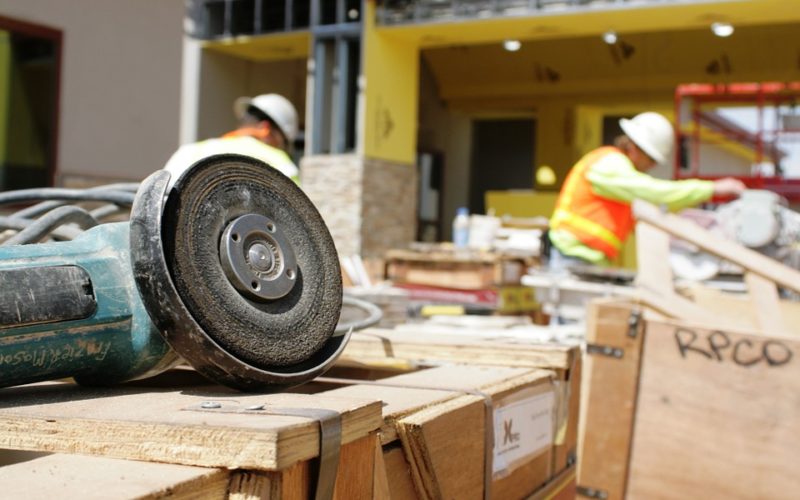The Affordable Housing Crisis
The affordable housing crisis is affecting millions of people across the globe. Many counties are grappling with an acute shortage of affordable homes, making it increasingly difficult for low- and middle-income families to find suitable accommodation. This shortage is not only a concern for affected individuals but also poses significant social and economic challenges. The pressing question remains—how can governments efficiently create new homes and communities to alleviate this crisis?
The scale of the affordable housing crisis
Numerous counties are experiencing a daunting lack of affordable housing. According to recent reports, major urban centres as well as rural areas are facing an increasing demand for affordable homes, yet the supply is failing to keep pace. This disparity has led to skyrocketing rents and property prices, pushing many residents to the brink of homelessness. Families often spend a disproportionate amount of their income on housing, leaving little for other essentials like healthcare, education, and food.
Pinpointing the root causes
Understanding the root causes of the affordable housing crisis is crucial for devising effective solutions. A combination of factors contributes to this issue, including population growth, stagnant wages, and insufficient investment in affordable housing projects. Additionally, zoning laws and regulations often hinder the development of new housing projects, particularly in high-demand areas. The increasing trend of wealthier individuals buying multiple properties also exacerbates the issue, further reducing the availability of affordable homes.
Government intervention and policy reform
Governments have a pivotal role to play in addressing the affordable housing crisis. Thoughtful policy reform and strategic intervention can significantly impact the creation of new homes and communities. One effective measure is revising zoning laws to encourage the development of affordable housing. By relaxing restrictions and offering incentives to developers, governments can spur the construction of low-cost housing options.
Innovative funding mechanisms
Funding remains a significant hurdle in the development of affordable housing. Governments can explore innovative funding mechanisms to bridge the financial gap. Public-private partnerships (PPPs) have proven successful in various regions, where both sectors collaborate to pool resources and share risks. Additionally, governments can establish housing trust funds, financed by dedicated revenue sources such as real estate transaction taxes or bond initiatives. These funds can be used to subsidise the construction and maintenance of affordable housing projects.
Fostering inclusive and sustainable communities
Creating new homes is only part of the solution; fostering inclusive and sustainable communities is equally important. Governments should prioritise the development of mixed-income neighbourhoods that combine affordable housing with commercial spaces, green areas, and public amenities. This approach not only addresses housing needs but also promotes social cohesion and economic diversity. Ensuring easy access to public transportation, healthcare facilities, and educational institutions further enhances the quality of life for residents.
Leveraging technology and innovation
Technology and innovation offer promising solutions to tackle the affordable housing crisis. Governments can leverage advancements in construction technologies, such as modular and prefabricated housing, to reduce building costs and timeframes. Implementing smart city principles can also enhance the efficiency and sustainability of new communities. For instance, incorporating energy-efficient designs, renewable energy sources, and advanced waste management systems can create environmentally friendly and cost-effective housing solutions.
The affordable housing crisis is a complex challenge requiring multifaceted solutions. Governments must take a proactive approach to create new homes and communities that meet the needs of all residents. By revising zoning laws, exploring innovative funding mechanisms, fostering inclusive neighbourhoods, and leveraging technology, significant progress can be made. Addressing this crisis not only improves living conditions for countless individuals and families but also strengthens the social and economic fabric of our communities. It's time for governments to act decisively and collaboratively to ensure that everyone has access to a safe and affordable place to call home.























